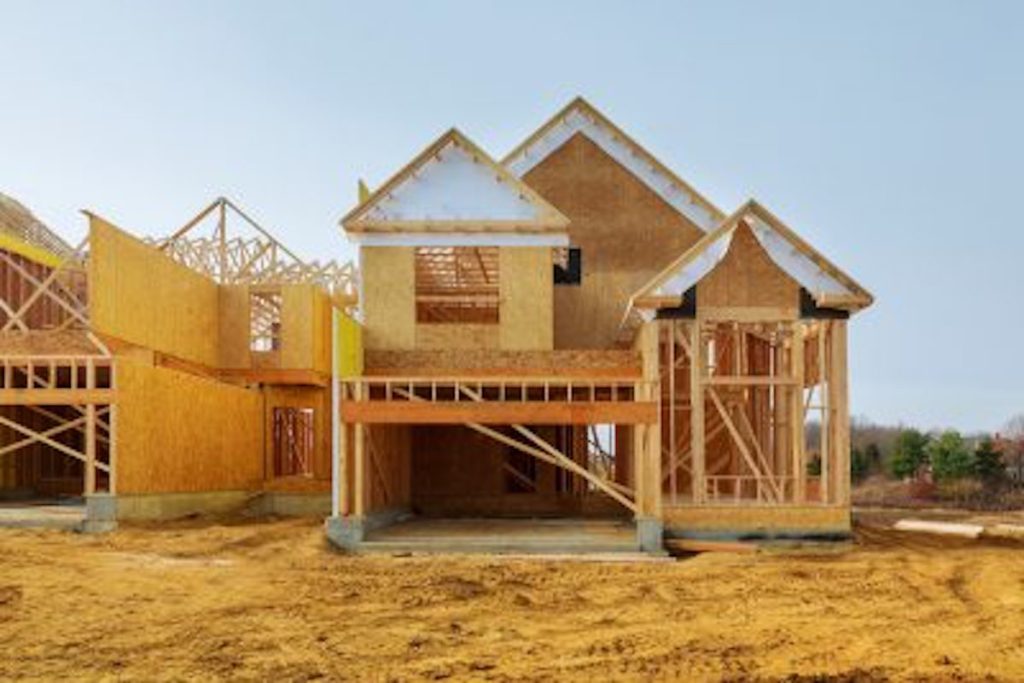Housing completions were yet again the only bright spot in housing starts data released Friday by the U.S. Census Bureau and the U.S. Department of Housing and Urban Development (HUD).
In July, privately owned housing starts were at a seasonally adjusted annual rate of 1.238 million units, down 6.8% from June and down 16% compared to a year ago. Single-family starts were down 14.1% month over month and 14.8% on an annual basis to a rate of 851,000 units, while multifamily starts came in at a rate of 363,000, up 11.7% from June, but down 21.8% year over year.
“Both single-family and multifamily housing starts were down significantly from a year ago,” Lisa Sturtevant, the chief economist at Bright MLS, said in a statement. “Compared to June, starts of units in buildings with 5+ units increased while single-family starts declined.”
Overall, homes were completed in July at an annual rate of 1.529 million units, up 9.8% month over month and 13.8% annually. Single-family completions came in at a rate of 1.054 million units up 0.5% from June and 3.6% from a year ago. Although multifamily completions were down 24.4% on a monthly basis to 473,000 units, they were still up 49.2% compared to a year prior.
While the increase in completed new home inventory is good news for many markets with tight housing inventory, economists say it might pose some challenges long-term, but other macroeconomic factors may keep things on track.
“The large inventory of new homes is suppressing building at this point, but with mortgage rates dropping and likely to fall more, we should see a pick up in construction later this year,” Robert Frick, a corporate economist at Navy Federal Credit Union, said in a statement.
The strain on new construction projects is reflected in the drop off in building permits issued in July, which fell to an annual rate of 1.396 million units, down 4% form June and 7% compared to a year prior. The majority of the decline can be attributed to a 12.4% monthly decline and an 18.2% yearly decline in multifamily permits, which were at a rate of 408,000 in July. Single-family permits also declined, falling 0.1% monthly and 1.6% annually to 938,000 units.
“Construction of both single-family and multifamily housing has been strong over the past few years. However, the decline in the number of permits issued for the construction of new housing in July suggests that residential building activity will be cooler in the second half of 2024. Last month, the number of permits issued for the construction of new single-family homes fell 7.0% compared to a year ago, while permits for new multifamily construction was down 12.4%,” Sturtevant said. “Without more homes coming onto the market, housing affordability will continue to be a challenge. There is a structural housing deficit in the U.S., with a housing shortfall of between 1.5 million and 7 million units, depending on what source you look at.”
On a regional level, the Northeast (164,000 starts) posted the sole monthly increase of 42.6%. The South (640,000 starts), the Midwest (171,000 starts) and the West (263,000 starts) posted respective monthly declines of 13.6%, 1.7% and 12.0%.
The same trend occurred on an annual basis, with the Northeast (+45.1%) posting a yearly increase while the South (-20%), Midwest (-1.7%), and the West (-31.9%) recorded decreases.





